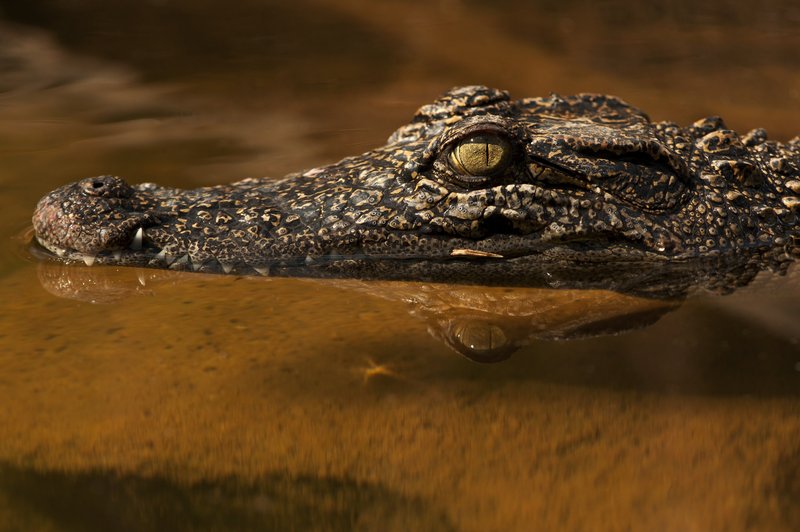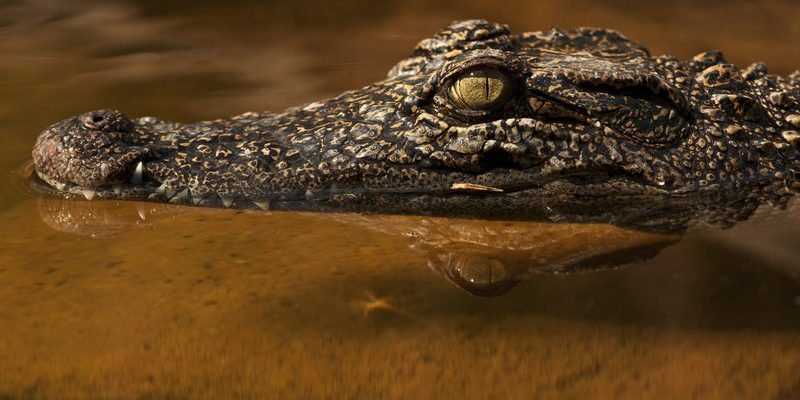
So, just how endangered are crocodiles, and what’s being done to protect them? Let’s dive into the murky waters of crocodile conservation, exploring the various species, the threats they face, and the global efforts to ensure their survival.
Understanding Crocodile Species
When we talk about crocodiles, we’re actually referring to a whole group of reptiles that includes several species, each with its unique traits and habitats. From the large and imposing Nile crocodile to the smaller yet equally compelling dwarf crocodile, these reptiles are spread across various continents. Each species has adapted to its environment over millions of years, making them a vital part of their ecosystems.
For instance, did you know that the saltwater crocodile can grow up to 23 feet long? Meanwhile, the critically endangered Philippine crocodile is much smaller, typically maxing out at about 10 feet. Their varied sizes and habitats—from freshwater rivers to brackish coastal waters—highlight their adaptability, but it also underscores the different challenges they face.
Here’s a quick rundown of some crocodile species:
- Nile Crocodile
- Saltwater Crocodile
- American Crocodile
- Orinoco Crocodile
- Philippine Crocodile
Each of these species has its own conservation status, which we’ll explore next.
Current Conservation Status of Crocodiles
Now, let’s get into the nitty-gritty of conservation statuses. Not all crocodiles are created equal when it comes to their survival chances. While some species, like the American crocodile, have seen population rebounds thanks to conservation efforts, others, like the Orinoco crocodile, are clinging to existence.
According to the International Union for Conservation of Nature (IUCN), here’s the breakdown of crocodile species:
- Least Concern: American Crocodile, Nile Crocodile
- Vulnerable: Saltwater Crocodile
- Endangered: Orinoco Crocodile
- Critically Endangered: Philippine Crocodile, Siamese Crocodile
This variety emphasizes how important it is to monitor these populations. You might be wondering why these differences exist. The key lies in their habitats, reproductive rates, and human interactions.
Threats to Crocodiles
Crocodiles aren’t just up against natural predators; they face a barrage of human-induced threats. Habitat loss is perhaps the biggest issue. As humans expand into wetlands for agriculture, urban development, and tourism, these magnificent reptiles lose their homes. Imagine if a giant wall was built around your neighborhood—suddenly, your favorite park is gone, and so is your access to fresh air and sunshine. That’s the reality for many crocodiles today.
Another pressing threat is illegal hunting. Crocodile skin is highly sought after for fashion, and their meat is considered a delicacy in some cultures. This demand can lead to overhunting, pushing species closer to extinction. Additionally, pollution in water sources can severely impact their health, hindering reproduction and causing deformities.
Global Conservation Efforts
There’s hope, though! Numerous organizations and governments are working hard to protect crocodile populations worldwide. These conservation efforts range from habitat protection to education programs that raise awareness about the importance of these reptiles.
One standout initiative is the establishment of protected areas, like national parks or wildlife reserves, where crocodiles can thrive without the threat of human interference. Efforts like these allow crocodiles to nest safely, ensuring the next generation can grow up and continue the cycle.
Here are some global organizations making a difference:
- World Wildlife Fund (WWF)
- Wildlife Conservation Society (WCS)
- Crocodile Specialist Group (CSG)
- The IUCN Crocodile Conservation Program
These groups focus on research, habitat preservation, and working with local communities to foster harmony between people and crocodiles.
Community Involvement in Conservation
Wildlife conservation isn’t just a job for scientists; it’s a community effort. Local communities play a crucial role in protecting crocodiles. When people understand the benefits of preserving these reptiles—like their role in maintaining healthy ecosystems—they’re more likely to support conservation initiatives.
In some cultures, crocodile-farming programs have been introduced. These programs allow locals to breed crocodiles for their skins and meat sustainably, reducing the need for illegal hunting. It’s a win-win: people make a living, and wild populations can recover.
A great example is in Australia, where Aboriginal groups have collaborated with conservationists to manage crocodile populations sustainably, allowing both biodiversity and traditional practices to thrive.
What You Can Do to Help
Feeling inspired to help? Great! There are several ways you can contribute to crocodile conservation, even from your own home.
Consider these actions:
- Support conservation organizations through donations or volunteering.
- Educate yourself and others about crocodiles and their importance.
- Choose sustainable products that don’t harm wildlife.
- Spread the word on social media about crocodile conservation efforts.
By simply sharing information or donating to a cause, you can make a difference. Sometimes, it takes just a few passionate people to create a ripple effect that leads to significant change.
So, are crocodiles endangered? The answer isn’t black and white. While some species are thriving, others hover on the brink of extinction. The key takeaway here is that conservation work is ongoing, and every effort counts.
As we’ve seen, a mix of habitat preservation, community involvement, and education can steer crocodiles away from the edge. Just like that classic movie, we need to keep these amazing reptiles alive for future generations to enjoy.
Remember, when we protect the crocodiles, we’re also protecting the balance of our ecosystems. Embrace your role in this journey, and let’s work together to ensure these ancient sentinels of nature continue to thrive!

